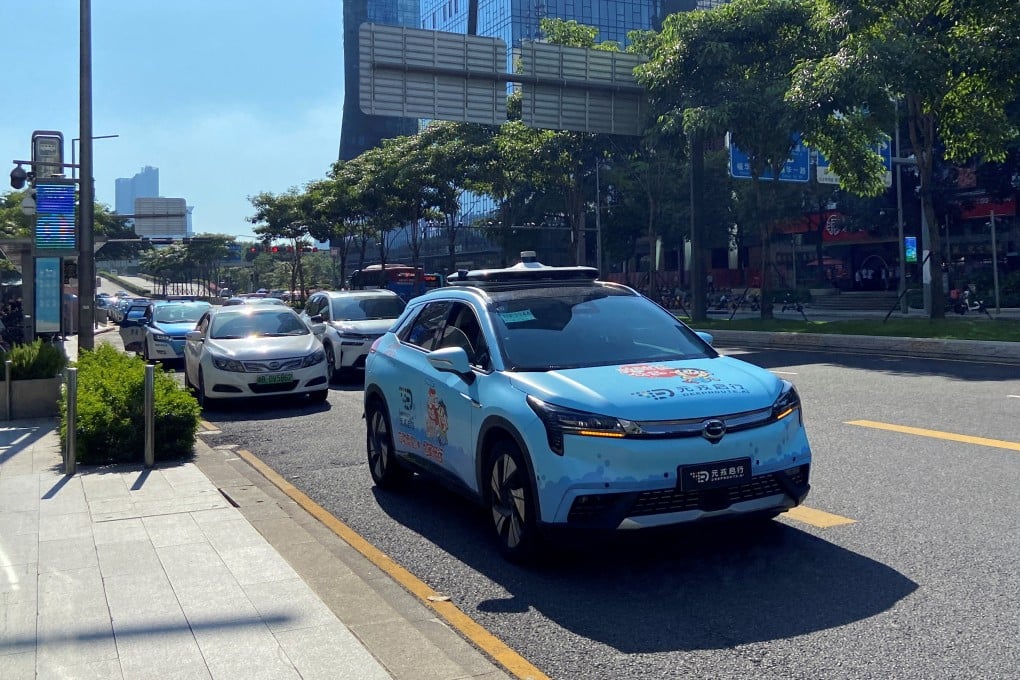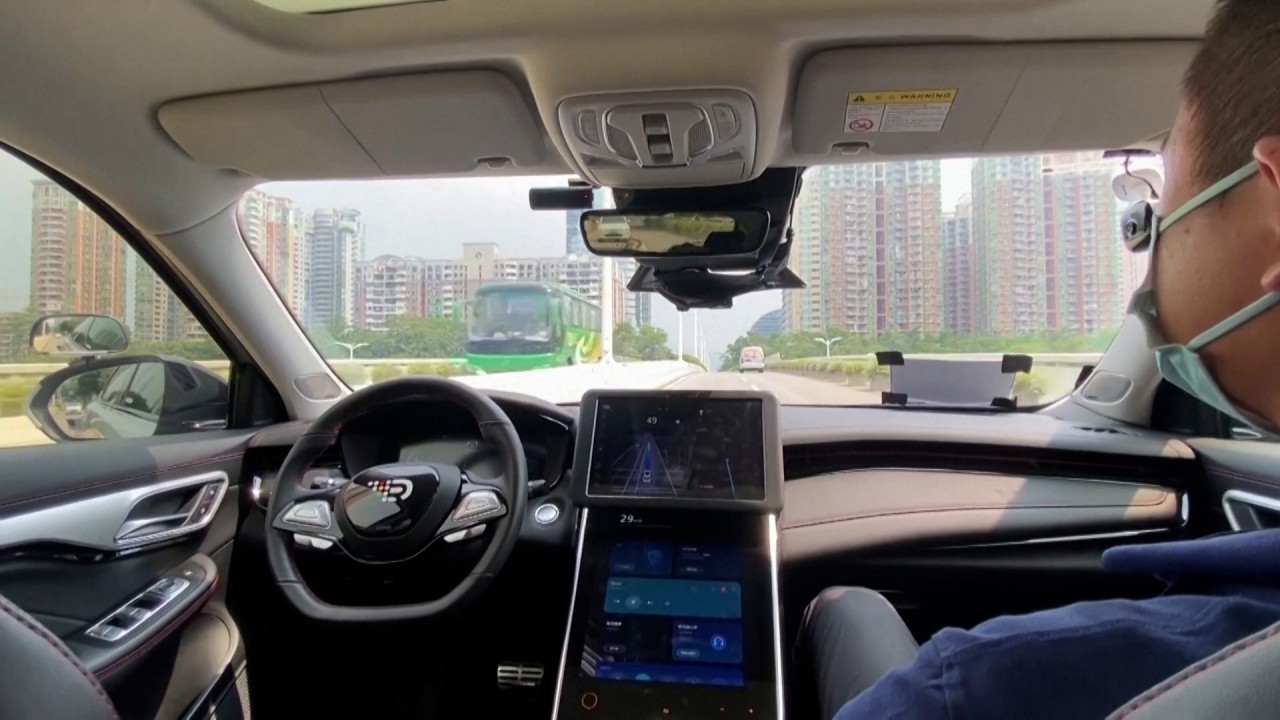China steps up autonomous driving development with new guidelines on operating driverless vehicles for public transport
- The country’s Ministry of Transport published the draft guidelines on Monday and is soliciting public opinion through September 7
- Autonomous buses will be allowed to operate in closed routes, while self-driving taxis would run on roads with controlled traffic conditions

Under the draft guidelines, autonomous buses will be allowed to operate in closed routes, while self-driving taxis would run on roads with light and controlled traffic conditions. Driverless transport of goods will be allowed in certain areas, but these vehicles will be prohibited from carrying hazardous items such as explosives.
Operators of autonomous public transport services will also be required to provide third-party liability insurance of more than 5 million yuan (US$740,000), as well as insurance covering work safety and compulsory automobile liabilities.
Safety would be the top priority in the management of autonomous vehicles, according to the transport ministry. Its draft rules require a human driver inside vehicles classified as conditional and highly autonomous, while a remote driver or safety operator is needed for fully autonomous vehicles.
